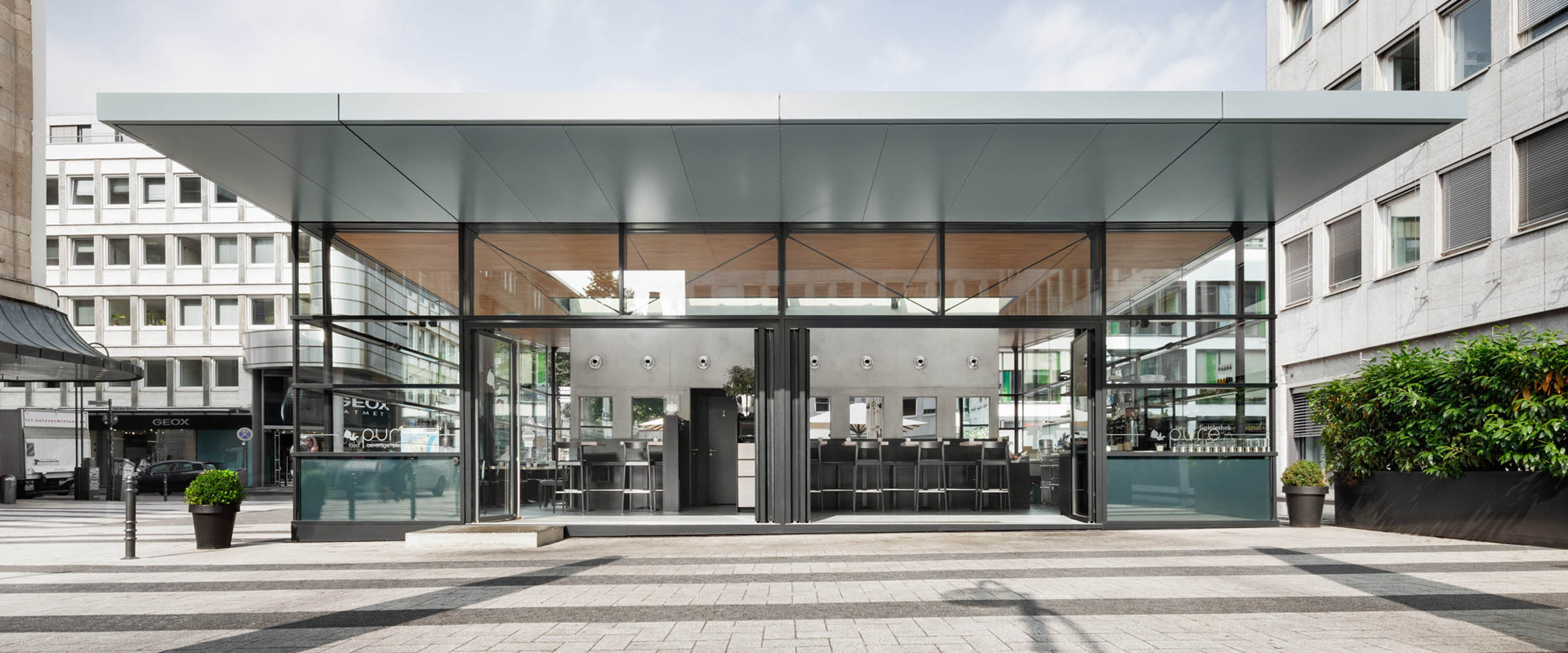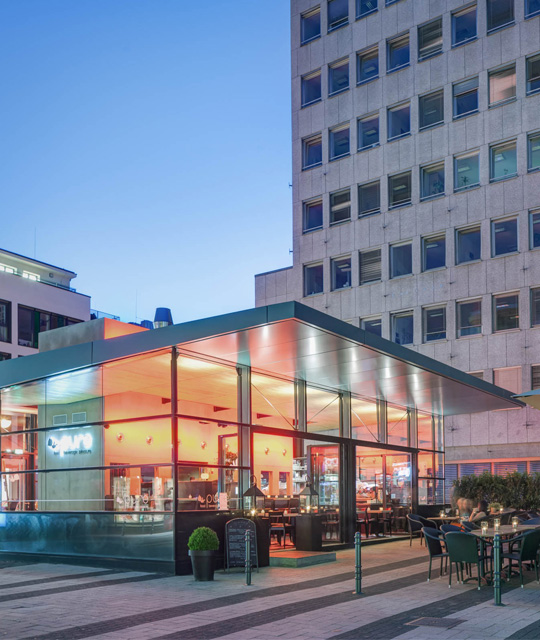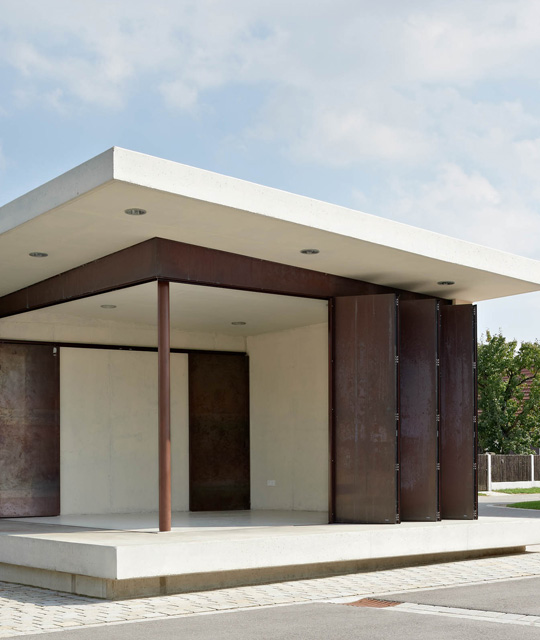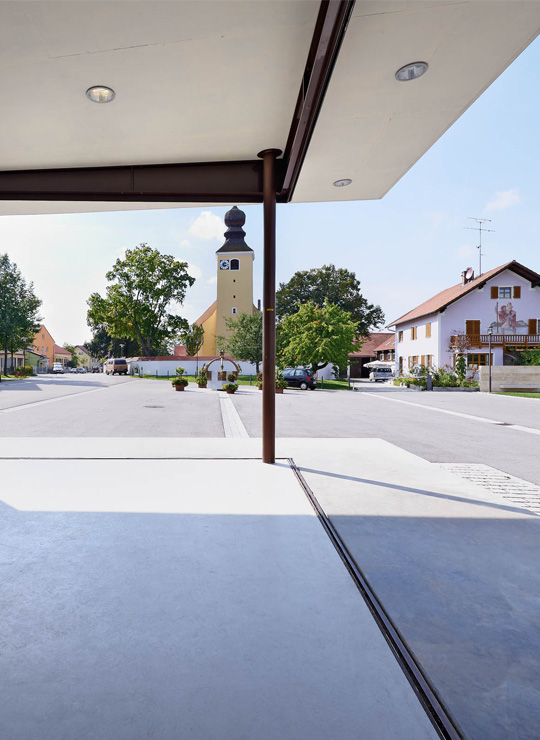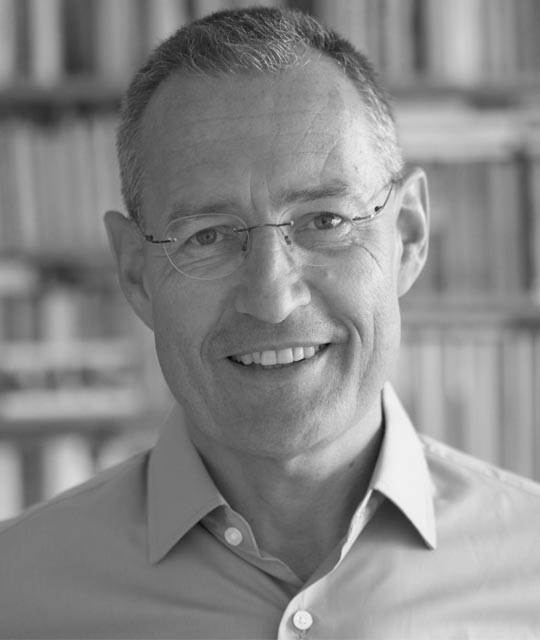

“There is a great quote by the French philosopher Roland Barthes: ‘What does the lover think of love?’, he asks, only to answer his own question. ‘In short, nothing. He wants to know what it is, but because he is timid, he only perceives its existence and not its essence.’ It’s similar with public spaces. We live in them, but do not reflect on what defines them. Rather, we take them for granted.
Currently, public spaces are receiving a lot of attention – including in a socio-political sense – and yet they remain strangely undefined. Often, they are accompanied by false expectations, especially romantic and nostalgic ones.
I believe that public spaces are not a place of pleasure and harmony. Rather, they are a place of quarrel, provocation and excess – but without these, there would be no such thing as urbanity.”
